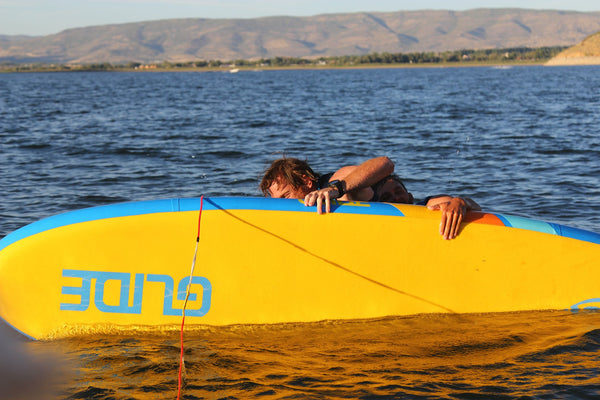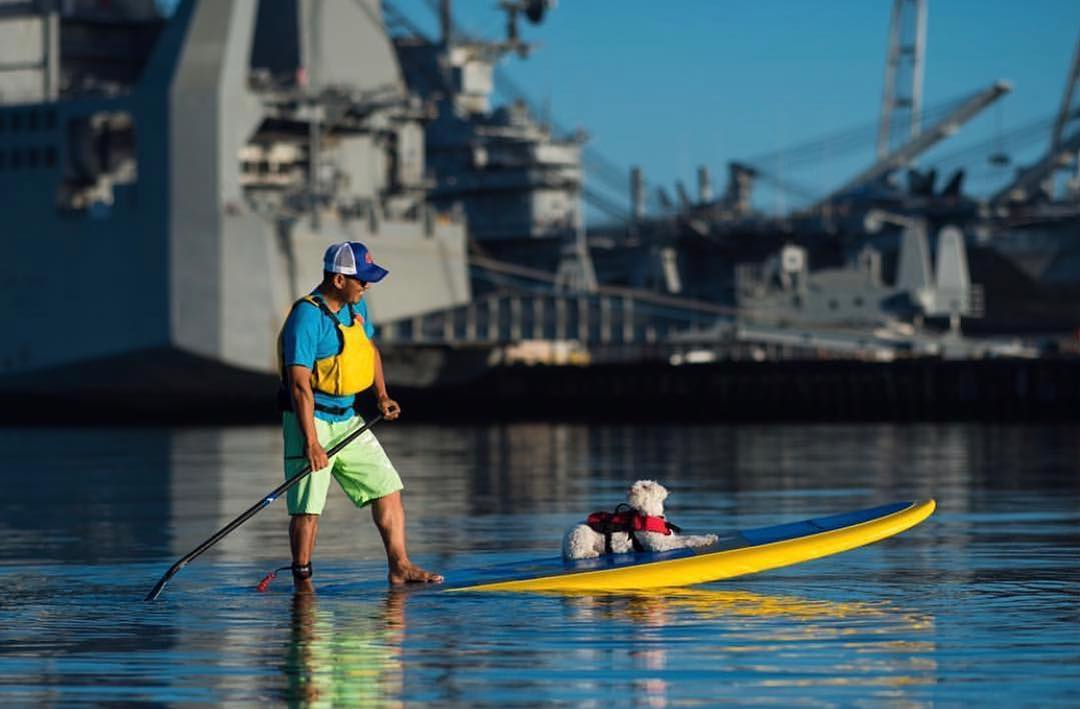
How to Stay Compliant with Paddle Boarding Rules and Regulations in your Area
There are rules and safety regulations that paddle boarders must adhere to. Learn more here.
Introduction
Venturing into your favorite waterway on a paddle board can be an exhilarating experience. From gliding through serene lakes to navigating the ocean's waves, paddle boarding offers a unique blend of adventure and relaxation. However, it's crucial to be aware of and comply with the specific rules and regulations governing this popular water sport. Adhering to these guidelines ensures your safety and helps you avoid legal issues. This blog post will guide you through understanding and following paddle boarding rules and regulations, ensuring a worry-free adventure.

Paddle Boarding Best Practices
Paddle boarding, a relatively new yet increasingly popular water sport, doesn't have specific regulations from the United States Coast Guard. However, general boating laws apply, and being informed can significantly enhance your safety. Here are essential practices to remember:
- Life Jackets: Always wear a USCG-approved life jacket. Whether worn or attached to your board, it's a crucial safety measure.
- Environment Awareness: Pay attention to your surroundings, especially currents and wave heights, to avoid dangerous areas.
- Group Paddling: Maintain a safe distance from fellow paddle boarders to prevent collisions.
- Vessel Right-of-Way: Do not obstruct the path of other vessels, including kayaks and motorboats.
- Wildlife Respect: Avoid disturbing marine life and nesting birds during your paddling adventures.
Understanding Paddle Boards
Paddle boards come in various styles, including surf, all-around, yoga, touring, fishing, and racing designs. Your choice should depend on the water conditions and your paddling expertise. For instance, beginners may find all-around boards more forgiving, while experienced paddlers might opt for surf-style or racing boards for a challenge.
Local Laws and Regulations
Compliance with local laws is paramount. This includes having a life jacket on hand, avoiding high-traffic areas, being cautious around obstacles, and respecting no-swim zones. Remember, paddle boards are classified similarly to canoes, meaning they must adhere to the same regulations.
Rules for Paddle Boards

Here are key rules to ensure compliance and safety:
- Life Jacket: Always accessible, it's your first line of defense against accidents.
- Awareness: Monitor weather conditions and potential hazards both in the water and onshore.
- Designated Areas: Stick to areas designated for paddle boarding to minimize conflicts with other beachgoers.
- Cleanliness: Leave no trace behind to preserve the waterway's natural beauty.
Safety Tips and Etiquette
When out on the water, your conduct can affect not just your safety but also others'. Here are some guidelines:
- Be Observant: Always lookout for other water users and obstacles.
- Respect Personal Space: Keep a safe distance from others to avoid disturbances.
- Dress Appropriately: Wear suitable clothing for the water and air temperature.
- Group Cohesion: Stay close to your group for mutual safety.
- Noise Levels: Keep noise to a minimum to respect others' peaceful enjoyment of the water.
Places to Go Paddle Boarding
Exploring new waters is part of the thrill of paddle boarding. Ensure you're familiar with local regulations, have the necessary training, wear safety gear, respect other waterway users, and stay aware of your environment. These precautions allow you to safely enjoy the adventure paddle boarding offers.
Conclusion

Paddle boarding opens up a world of waterborne adventures but comes with the responsibility of adhering to specific rules and regulations. By understanding local laws, equipping yourself properly, practicing safety and etiquette, and staying vigilant, you can ensure every paddle boarding experience is enjoyable and safe for everyone involved.

